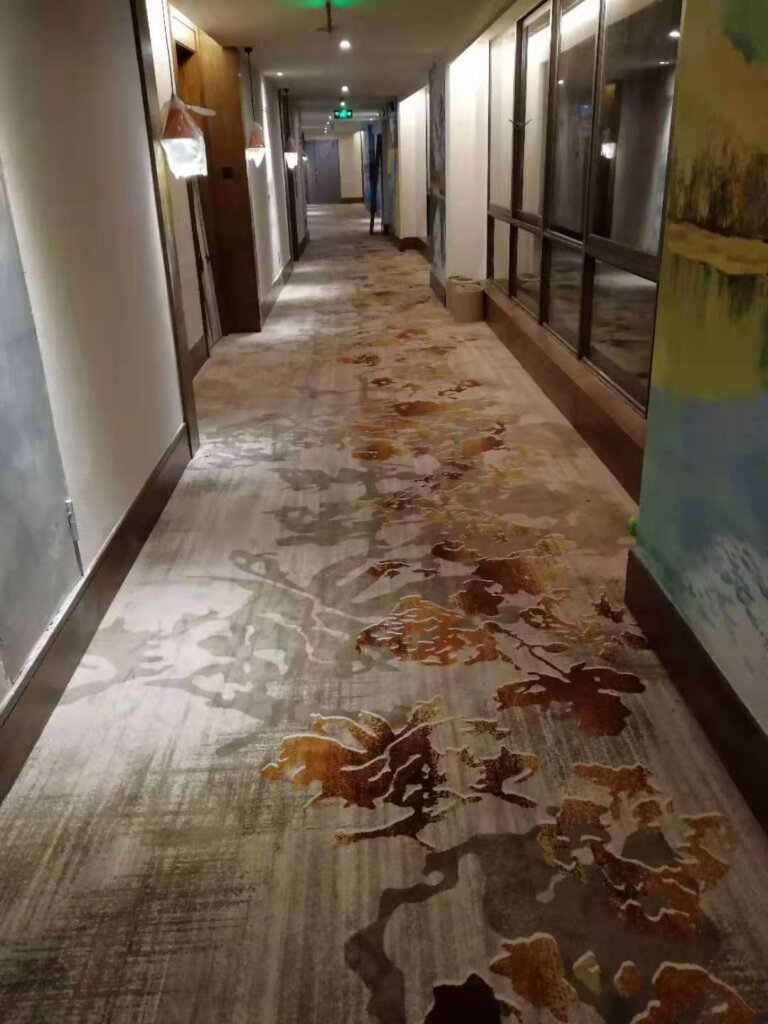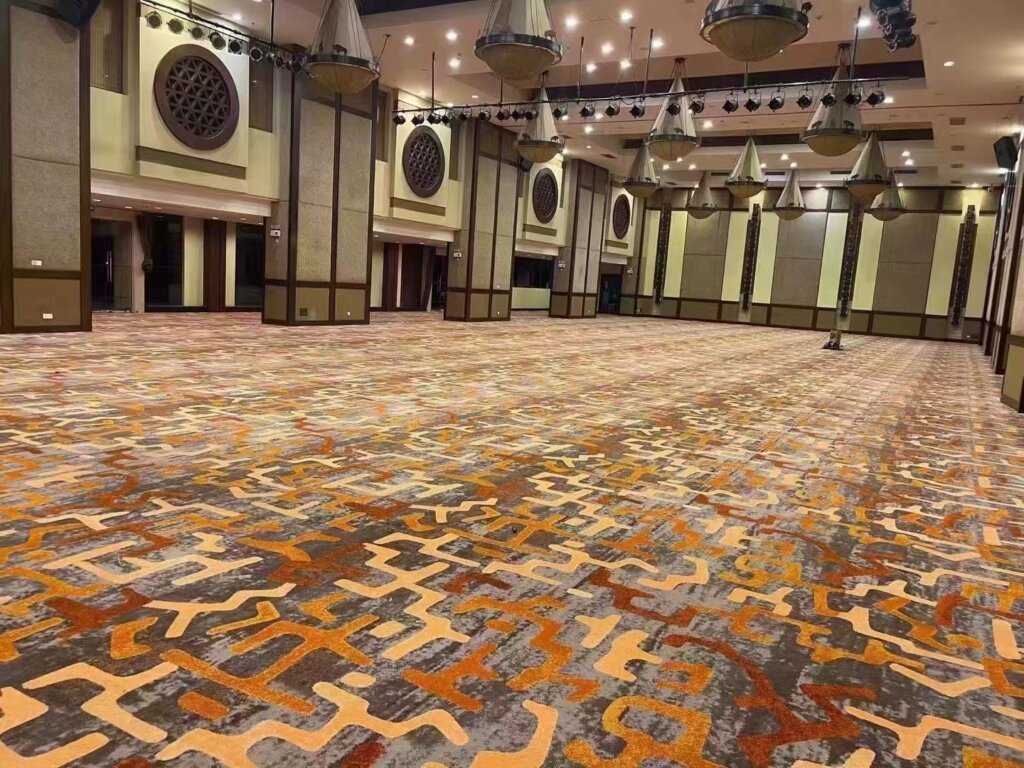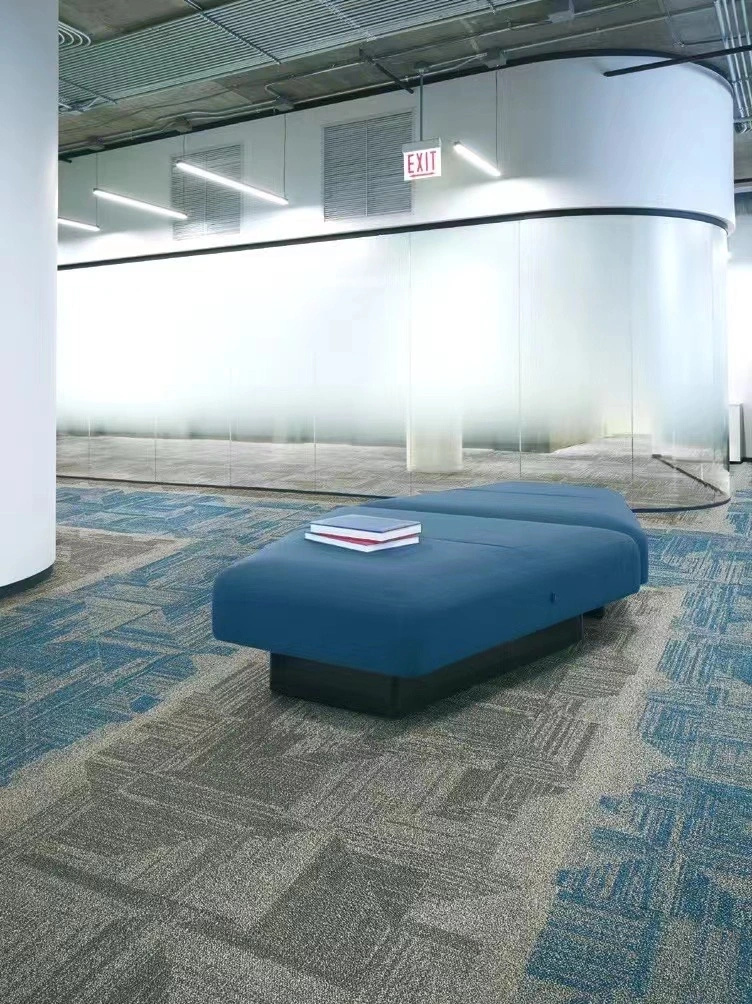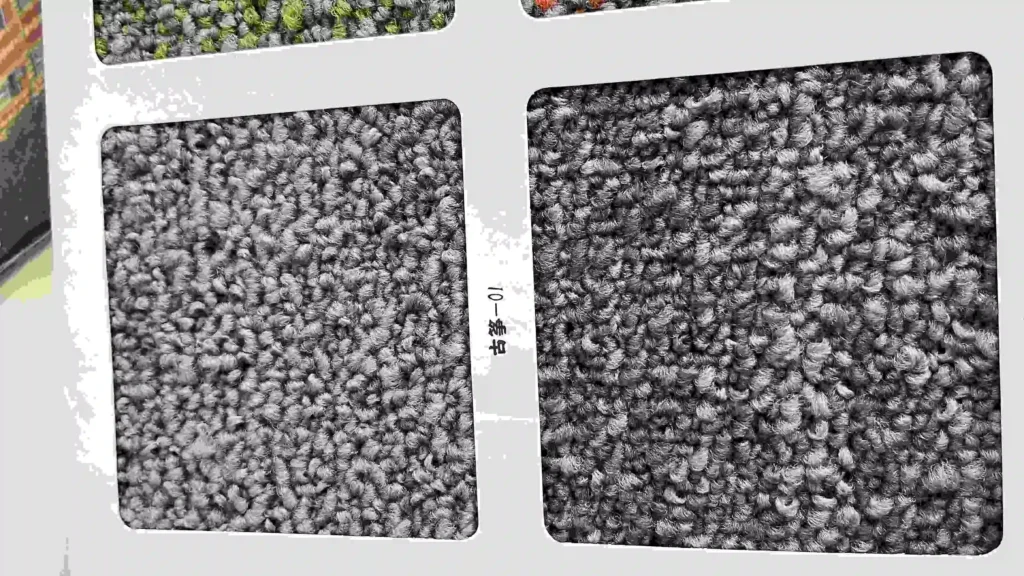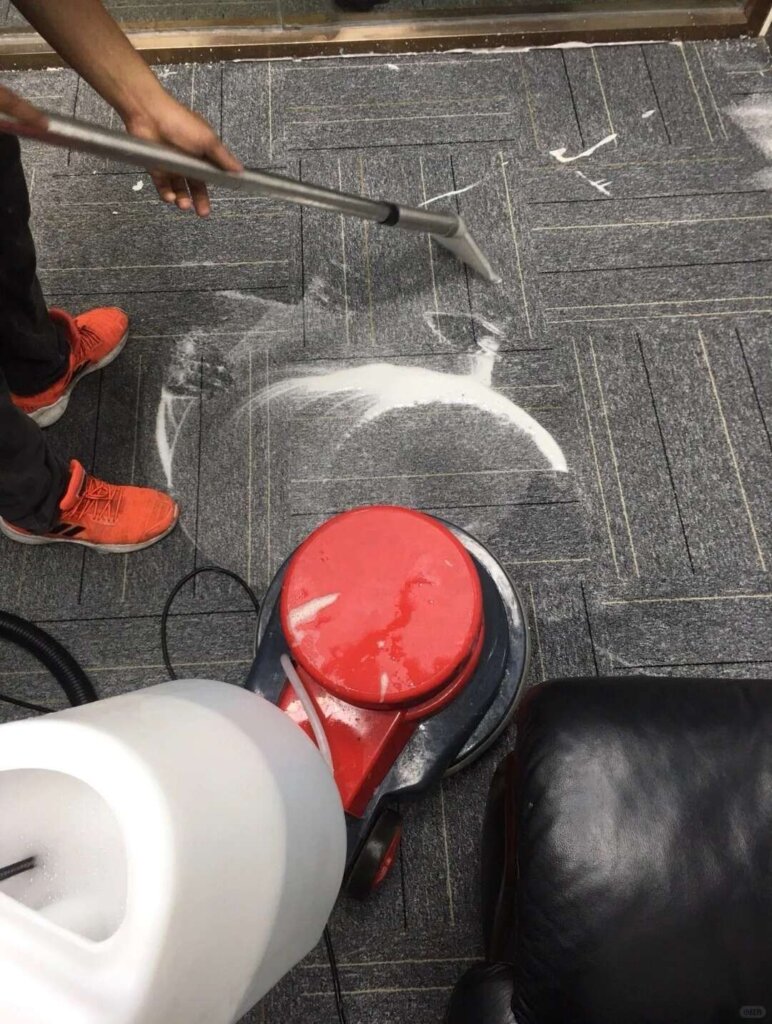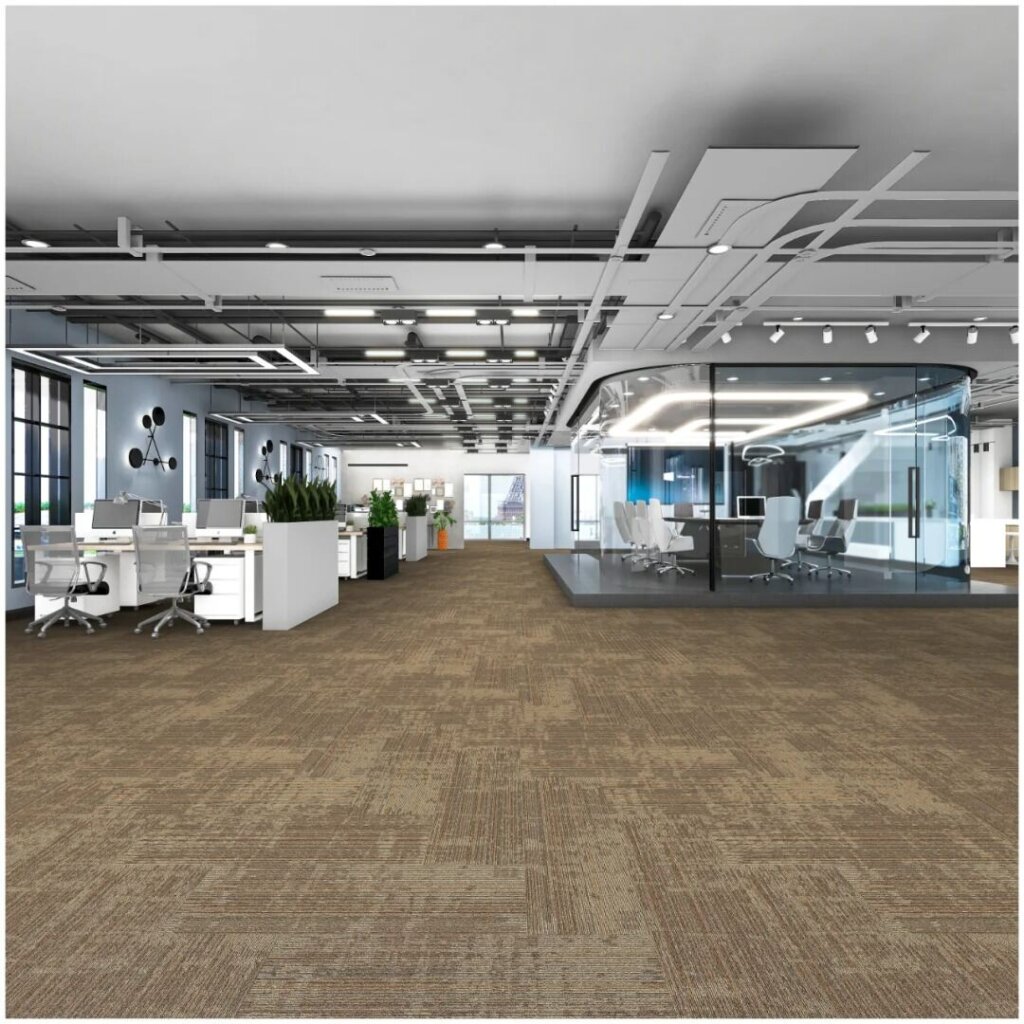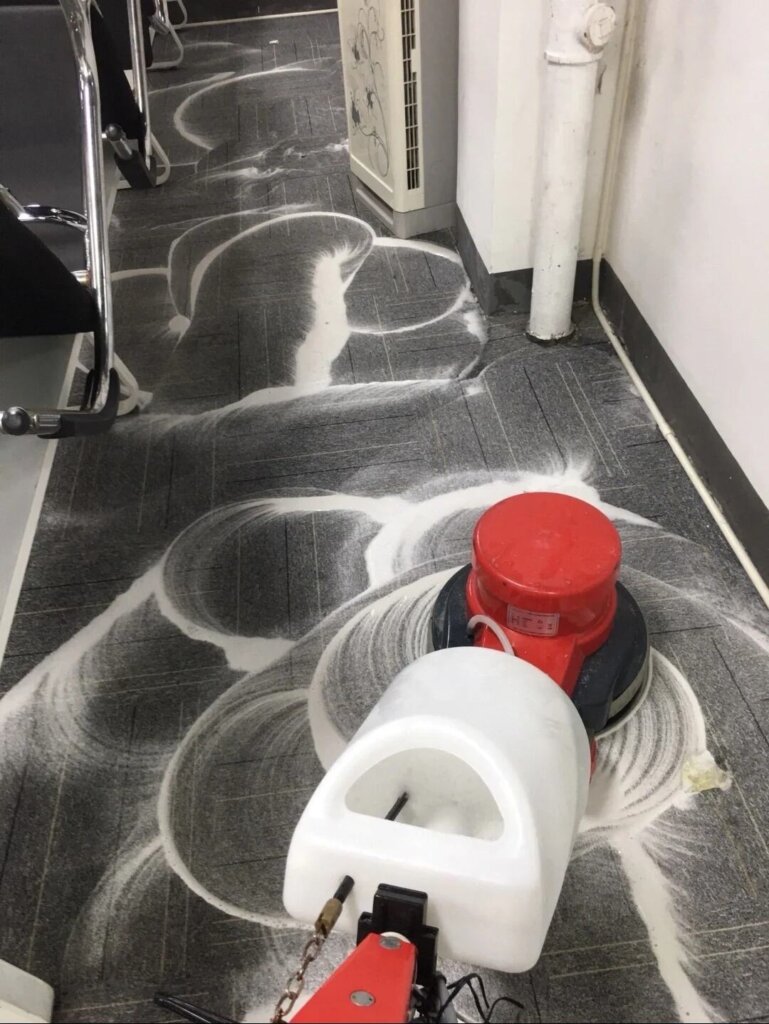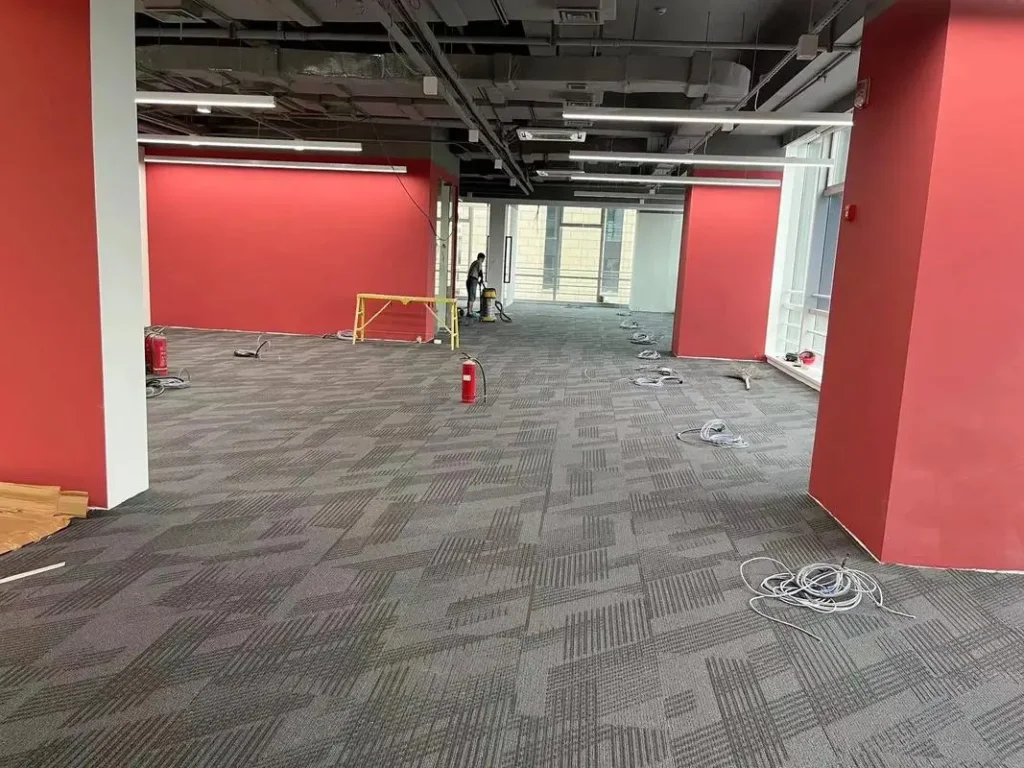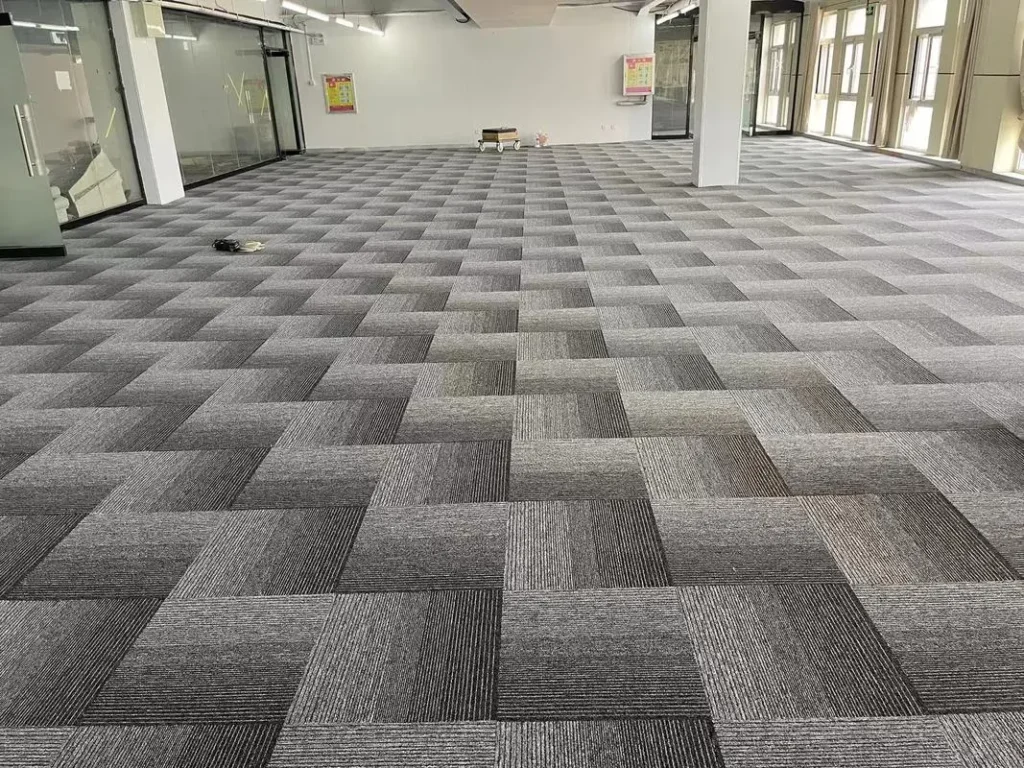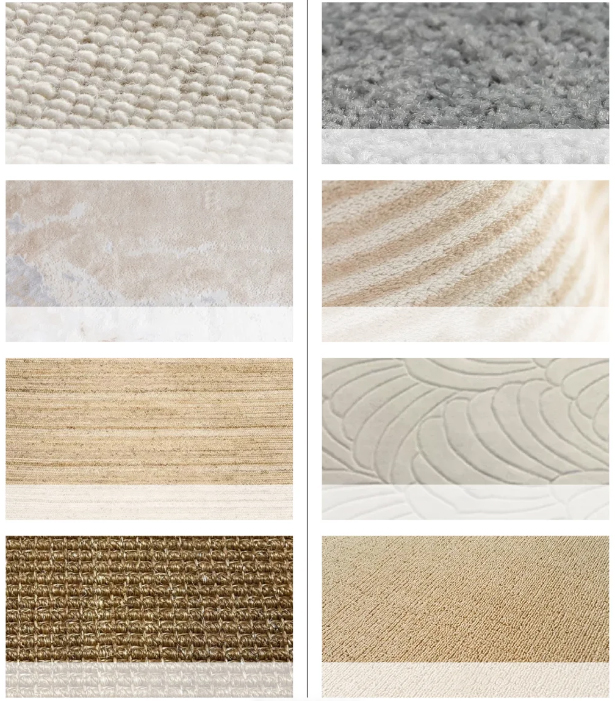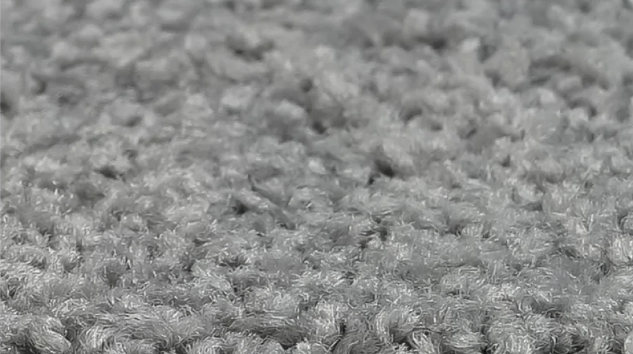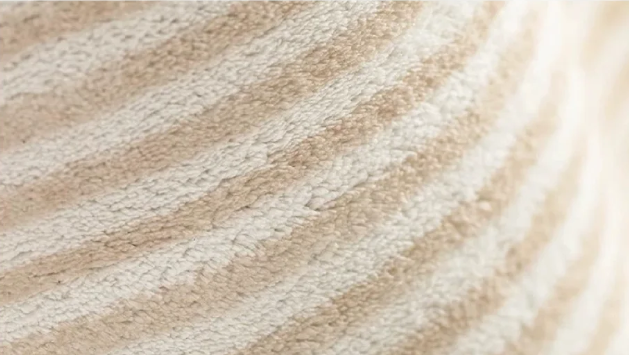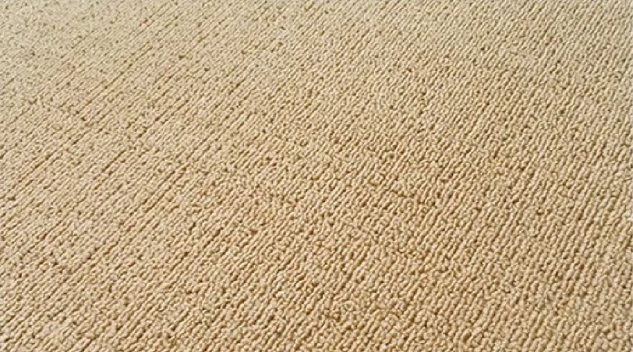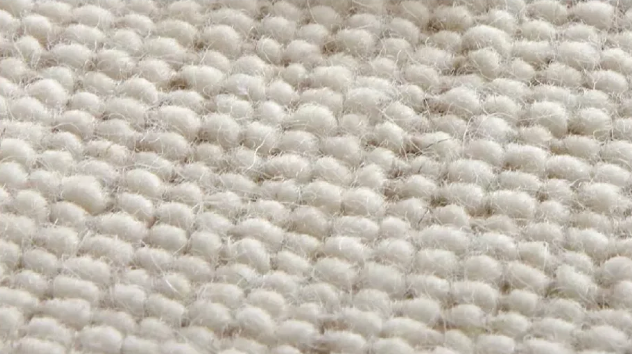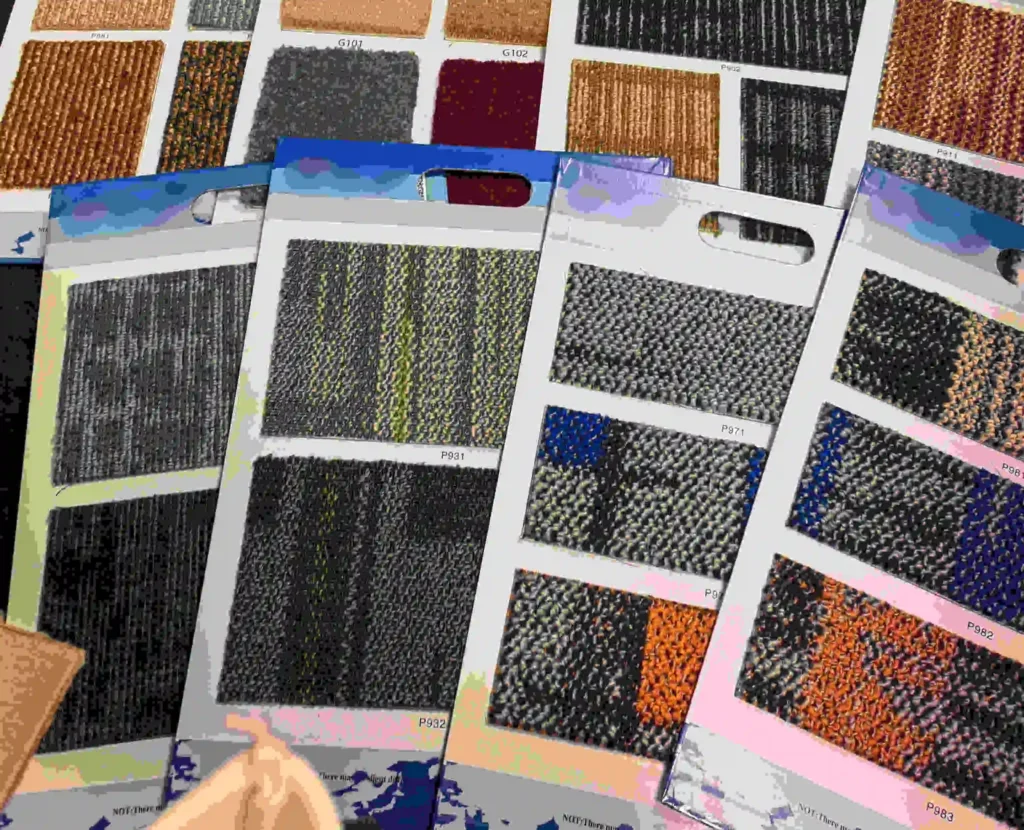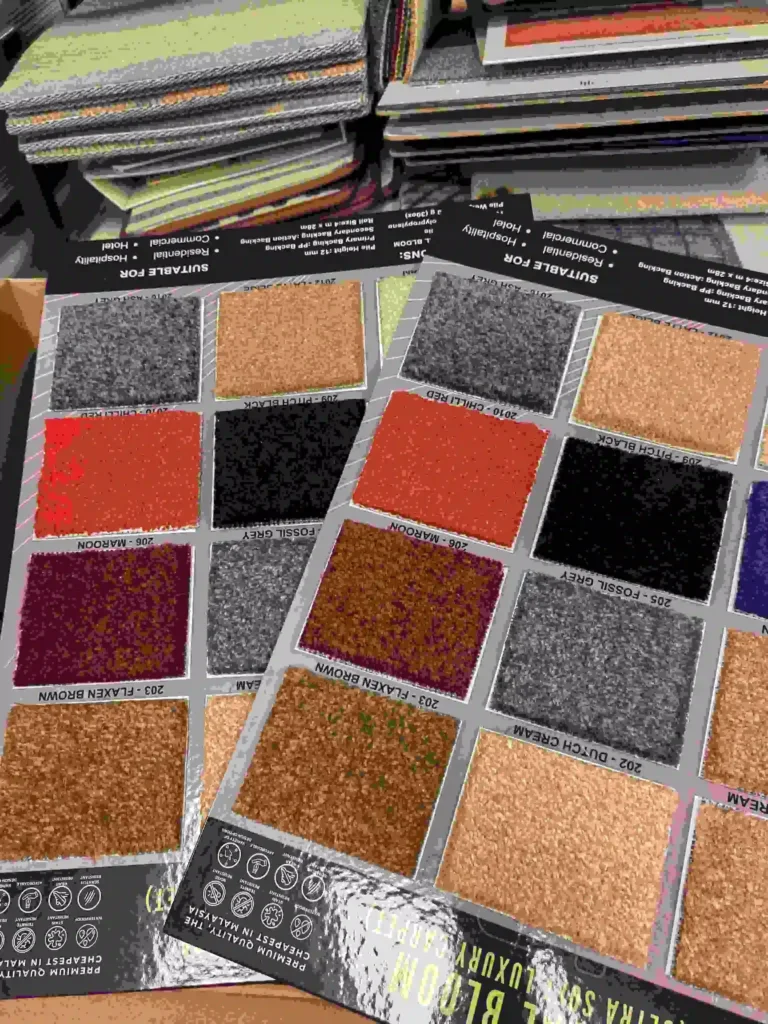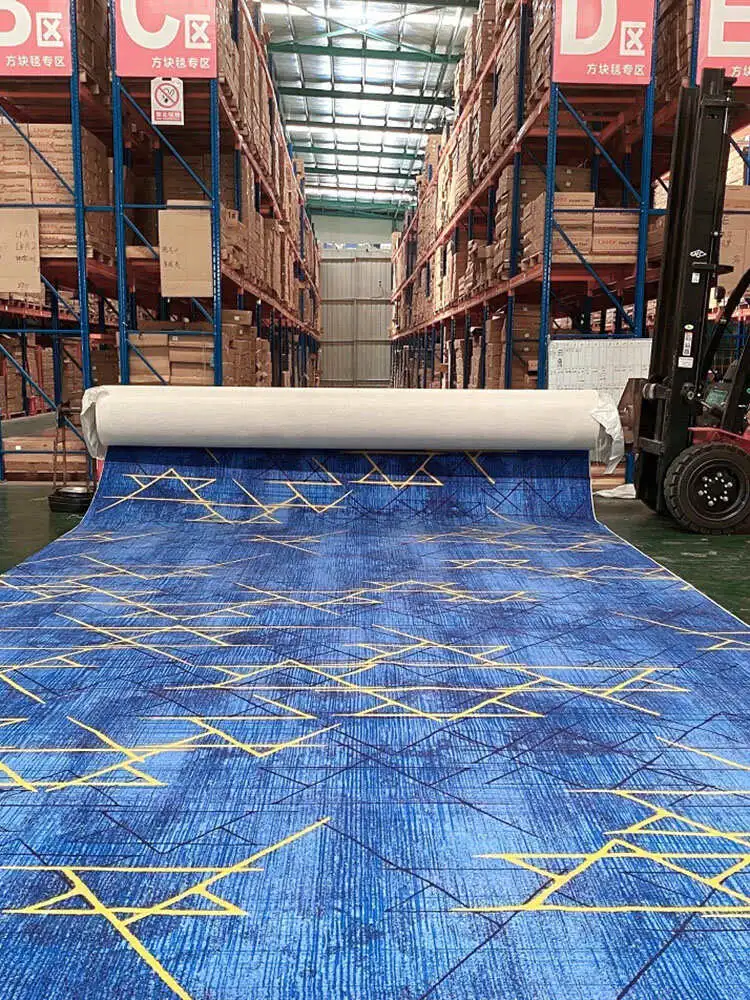The Top 5 Best Different Types of Carpets Used in Hotels
1. Introduction
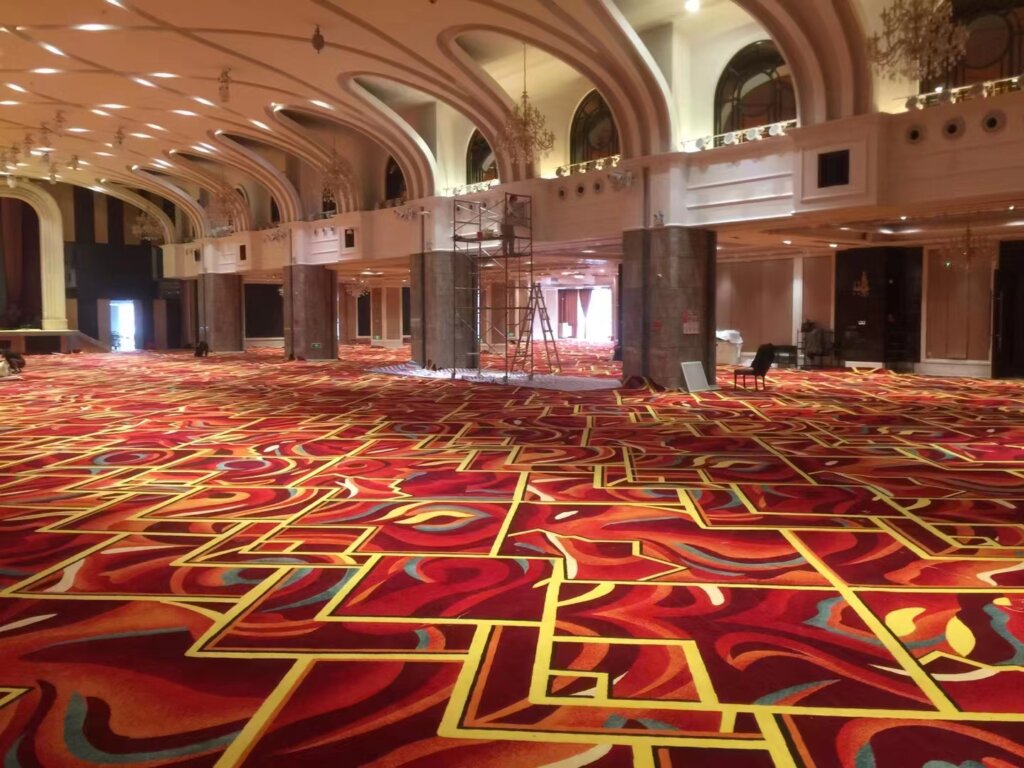
When it comes to hotel design, ambiance and comfort are key components in shaping a memorable guest experience. From lighting and furniture to flooring choices, every element contributes to the overall look and feel of the space. Among these elements, carpets play a particularly significant role. They enhance aesthetics, reduce noise, provide comfort underfoot, and even contribute to safety within the hotel environment.
Carpet selection in hospitality settings isn’t merely a decorative choice; it directly impacts acoustics, branding, maintenance costs, and customer satisfaction. Whether it’s a luxurious suite or a bustling hotel corridor, the type of carpet used must align with the room’s function and foot traffic.
This article will explore the top 5 best different types of carpets used in hotels, detailing their features, advantages, disadvantages, approximate pricing, and ideal use cases.
2. Why Carpet Selection Matters in Hotels
Guest Comfort
Carpets help absorb sound, reducing noise levels that can otherwise disturb guests. They also provide insulation and a warm, soft feel underfoot, enhancing the comfort level in guest rooms and public areas.
Design and Branding
With a variety of textures, colors, and patterns available, carpets can be customized to align with a hotel’s branding and interior theme. Whether aiming for luxury, minimalism, or a boutique feel, carpets offer a strong visual impact.
Durability and Maintenance
Hotels see substantial foot traffic. Carpets must be chosen based on how well they hold up over time, ease of cleaning, and resistance to stains, moisture, and wear.
Safety and Compliance
In addition to being slip-resistant, many carpets offer flame-retardant properties and meet building code standards, ensuring a safer environment for guests and staff alike.
3. The Top 5 Best Different Types of Carpets Used in Hotels
3.1. Nylon Carpets
Overview: Nylon is the most popular synthetic fiber used in hotel carpeting. Known for its strength and flexibility, nylon carpets are a common choice in commercial settings.
Key Features:
- Excellent durability and wear resistance
- High resilience to foot traffic
- Good stain and abrasion resistance
Advantages:
- Extremely durable and resilient
- High resistance to mold and mildew
- Retains its appearance even in busy areas
Disadvantages:
- Higher cost compared to some other synthetic carpets
- Often needs chemical treatments for stain resistance
Approximate Price Range: $3 – $7 per square foot (installed)
Recommended Use Areas: Hotel corridors, lobbies, stairwells, and conference areas where traffic is heavy
3.2. Wool Carpets
Overview: Wool carpets are a natural fiber option offering a touch of elegance and sustainability. Preferred in luxury hotel settings, wool is both stylish and functional.
Key Features:
- Soft and plush texture
- Flame-retardant and hypoallergenic
- Biodegradable and renewable
Advantages:
- Provides a luxurious and warm underfoot feel
- Natural resistance to flames and allergens
- Excellent thermal and acoustic insulation
Disadvantages:
- High upfront cost
- Requires professional cleaning and protective treatments
Approximate Price Range: $8 – $15+ per square foot (installed)
Recommended Use Areas: Luxury suites, executive lounges, VIP areas
3.3. Olefin (Polypropylene) Carpets
Overview: Olefin is a synthetic fiber known for its affordability and moisture resistance. While not as durable as nylon, it performs well in certain applications.
Key Features:
- Moisture and mildew resistance
- Budget-friendly
- Good colorfastness
Advantages:
- Highly resistant to water-based stains
- Mold and mildew resistant
- Economical for large-scale installation
Disadvantages:
- Lower crush resistance
- Prone to wear and matting in high-traffic areas
Approximate Price Range: $1 – $3 per square foot (installed)
Recommended Use Areas: Basements, utility rooms, budget hotel rooms
3.4. Polyester Carpets
Overview: Polyester is a synthetic fiber that delivers vibrant color options and a soft texture at an affordable price.
Key Features:
- Naturally stain-resistant
- Available in a wide range of colors
- Soft and plush appearance
Advantages:
- Excellent water-based stain resistance
- Affordable luxury with vibrant design options
- Soft and comfortable underfoot
Disadvantages:
- Less durable and tends to mat over time
- Not ideal for high-traffic public areas
Approximate Price Range: $2 – $5 per square foot (installed)
Recommended Use Areas: Hotel guest rooms, boutique lounges, quiet zones
3.5. Carpet Tiles (Modular Carpeting)
Overview: Carpet tiles are modular pieces that are laid down individually. This modern flooring option offers practical benefits and design versatility.
Key Features:
- Easy to replace and maintain
- Flexible in design and layout
- Ideal for zoning different areas
Advantages:
- Simple installation and spot replacement
- Reduced waste during installation
- Allows for creative and customized designs
Disadvantages:
- Visible seams if not aligned properly
- May not feel as plush as traditional broadloom carpets
Approximate Price Range: $3 – $6 per square foot (installed)
Recommended Use Areas: Meeting rooms, event spaces, hotel offices, and modern common areas
4. Factors to Consider When Choosing Hotel Carpets
Traffic Volume: Determine whether the area is high, moderate, or low traffic to select the most durable option.
Budget Constraints: Balance initial costs with long-term maintenance and replacement expenses.
Design and Color Scheme: Choose colors and patterns that enhance your brand identity and interior decor.
Maintenance Requirements: Consider ease of cleaning, stain resistance, and frequency of professional maintenance.
Acoustic and Thermal Properties: Look for carpets that enhance soundproofing and insulation.
Sustainability: Opt for eco-friendly materials or products that support LEED or Green Building certification.
5. Expert Tips for Hotel Carpet Maintenance
Regular Vacuuming and Spot Cleaning: Frequent vacuuming extends carpet life and maintains a fresh appearance. Address spills quickly to prevent stains.
Deep Cleaning Schedules: Schedule professional deep cleaning at regular intervals depending on traffic volume.
Stain Prevention Treatments: Apply protective coatings that resist water and oil-based stains.
Replacement Planning for High-Wear Areas: Use carpet tiles or strategically place rugs in the most worn areas to delay full replacement.
6. Conclusion
The type of carpet you choose has a significant impact on the comfort, aesthetics, and maintenance of your hotel space. From the resilience of nylon to the luxury of wool and the practicality of carpet tiles, each type offers distinct benefits and trade-offs.
To recap:
- Nylon is ideal for high-traffic areas due to its durability.
- Wool is best for upscale, quiet environments.
- Olefin suits budget-conscious spaces with moisture risks.
- Polyester offers colorful comfort for moderate-traffic rooms.
- Carpet Tiles provide modular flexibility and maintenance ease.
Final Thoughts: Choosing the right carpet is a strategic investment that affects not only aesthetics but also operational efficiency and guest satisfaction.
Call-to-Action (CTA): For the best results, hotel owners and designers should consult with commercial flooring experts to find the right balance between cost, style, performance, and sustainability.
Explore premium selections from reputable vendors offering wholesale hotel carpet, high end hotel carpet, and commercial hotel carpet for sale to upgrade your property with confidence.
External Resources:
The Top 5 Best Different Types of Carpets Used in Hotels Read More »


